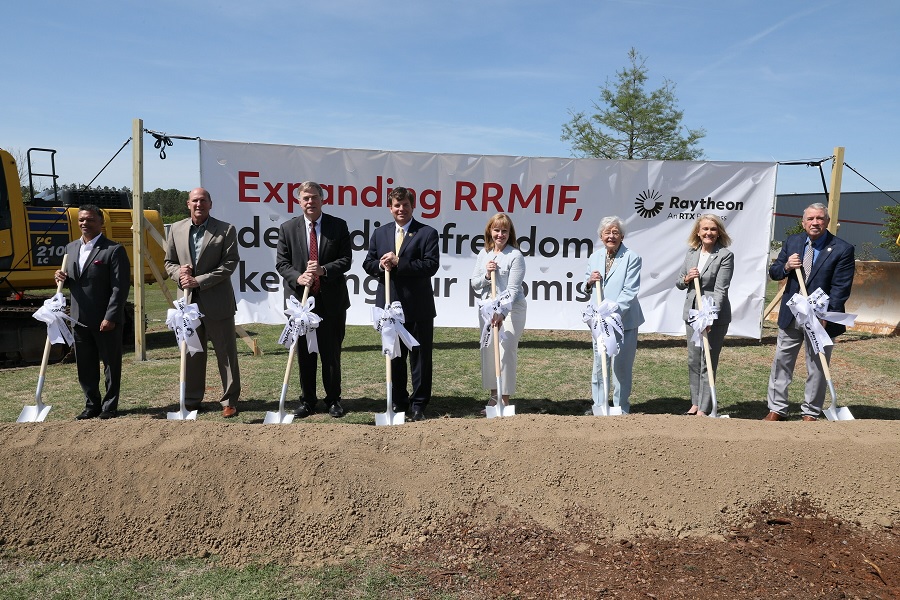Medium & Outsized Cargo: Requirements for 2035+
Tactical cargo aircraft are the workhorses of the air forces in terms of logistics, medical evacuations, and special missions. Currently, EU Member States operate a wide range of tactical cargo aircraft (e.g. C130, C-295, C-27J). Apart from the A400M, a modern strategic-tactical cross-over platform, many of them will be approaching the end of their life cycle in the upcoming decade. The main objective of the FMTC project is to develop next generation tactical air mobility capability of the armed forces of EU Member States. It aims at providing the participating Member States and industry with robust elements to decide what the 2035+ future of EU military tactical medium size transport fleets will be by defining common requirements for a new Future Mid-size Tactical Cargo.
SATOC aims to fill the critical shortfall for strategic transport for outsized and heavy cargo, a crucial enabler for military missions and operations. SATOC involves a 3-step approach, firstly by identifying a sufficient number of project members, harmonising requirements and finally identifying and agreeing on a common European solution for the transport of outsized cargo. Russia’s war of aggression against Ukraine has also underscored the importance of outsized and heavy cargo transport. The destruction of several Antonov aircrafts, including AN-225 Mriya (the world’s largest cargo aircraft) has further reduced European Armed Forces access to strategic airlift.
EDA’s support to FMTC and SATOC, which will run for an initial 24 months, will be dedicated to harmonising the requirements of the project members and drafting a joint document of precise common guidance for research and development for the envisioned platform.
Common requirements for a common vision
Defining common requirements is an essential step in order to allow project members to align towards a joint vision for the future medium-sized and outsized cargo aircraft. In other words, common requirement articulation can be seen as the basis that all subsequent decisions in the ensuing programme will reference. They prescribe the fundamental performance criteria and innovation level of the platform that is destined to be a crucial element in future military campaigns of Member States. Furthermore, it will serve as basis for the work of European defence industry, starting with a feasibility study and proceeding with the design and prototyping of the new generation aircraft.
Harmonised requirements lower the life-cycle cost by avoiding late design changes and excessive versioning, and prevent a fragmentation of future air mobility fleets at large by allowing for a platform development that serves an array of Member States. EDA will provide its expertise and input for the elaboration of the requirements, building on its experience in harmonisation of project partners.
EDA engages in the document drafting process by highlighting areas that connect to ongoing efforts in related fields, such as defence aviation R&T, providing its experience in interoperability matters of tactical airlift, and supports the discussion with best practices in achieving a programme that maximises Member States participation.
This is an excerpt from an article originally published on European Defence Agency (EDA) website.



















